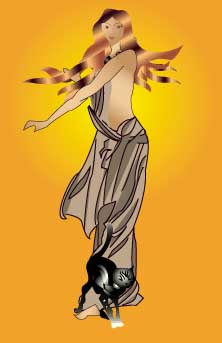This is an artist's depiction of Freya. She is often shown riding in a carriage that is pulled by cats.
Click on image for full size
Windows to the Universe original image
Freya
The Norse mythology associates the
aurora with the goddess Freya. Freya was the goddess of beauty and love. The fifth day of the week, Friday was named after her. Her twin brother is the sun god
Freyr and her parents are
Njord and the giantess
Skadi.
She is always depicted wearing a famous necklace, called a brisling. It was
given to her by the dwarfs in exchange of a night of love with them. Freya also represented the goddess of battle and death. She had the right to choose half of all men slain in battle. The other half was chosen by the Valkiries, assistants of Odin. The half of warriors chosen by Freya went to feast in the Freya's hall, called Folkvangar.
Freya was a very beautiful goddess. Only Odin could look at her and not fall in love. One day, a man offered to rebuild the wall surrounding Asgard if he could have Freya as his wife. Loki convinced the gods that the man could never finish the wall in six months, so they agreed. However, with the help of his horse, the man came very close to completing the wall.
Desperate, the gods forced Loki to stop the man. He sent another horse to distract the man's. He failed to finish the wall, and showed his anger by unveiling his disguise. The man was in fact a rock giant. The gods immediately went back on their word, and Freya was free from the man's grasp.
You might also be interested in:
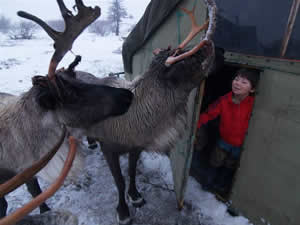
There are people of different cultures and backgrounds who live in the Arctic region. Read on to learn more about two of these cultures. Inuit The Inuit are the native cultures that continue to live on
...more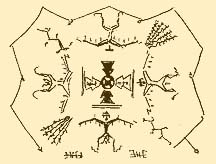
Ahsonnutli was the sky father and chief deity of the Navajo Indians. He created heaven, Earth, and the sky. Each of the four cardinal directions was supported by a giant. Each direction was also associated
...more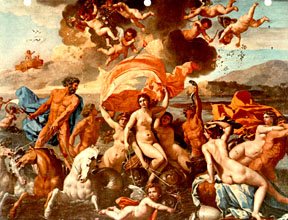
Amphitrite was one of the fifty Nereids, the attendants of the sea-god Poseidon. Poseidon (Neptune) had fallen in love with Amphitrite after seeing her dancing on the island of Naxos. Amphitrite rejected
...more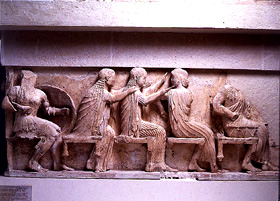
Aphrodite was the Greek goddess of love and beauty. She was known to the Romans as Venus. There were actually two different Aphrodites, one was the daughter of Uranus, the other the daughter of Zeus and
...more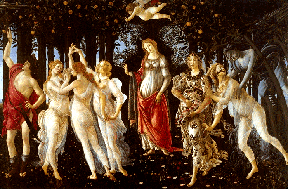
In Greek mythology, Apollo was the son of Jupiter(in Greek Zeus) and Leto (Letona). He was the god of the Sun, logic, and reason, and was also a fine musician and healer. Leto travelled all over Greece
...more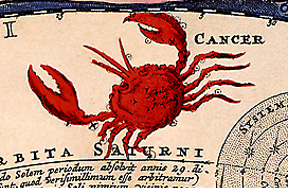
According to an ancient Greek legend, the figure of a gigantic crab was placed in the nighttime sky by the goddess Hera to form the constellation Cancer. Hera was the jealous wife of the sky god, Zeus.
...more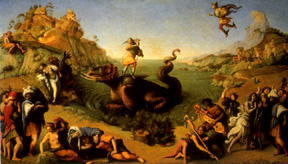
In the Northern Hemisphere sky is the constellation Cepheus, king of Ethiopia, and that of his wife Cassiopeia. Cassiopeia claimed that she and her daughter Andromeda were more beautiful than the sea nymphs,
...more


